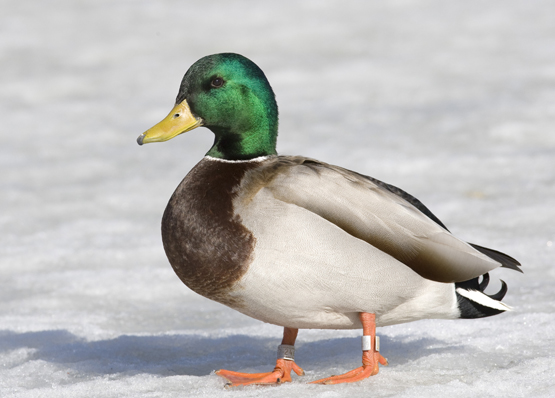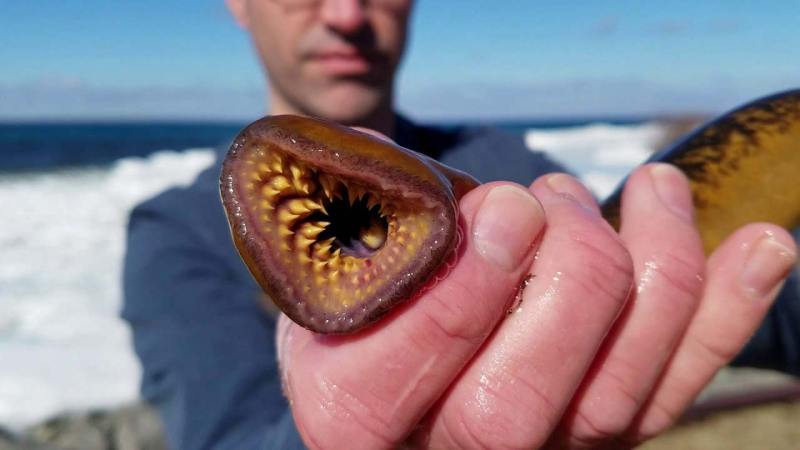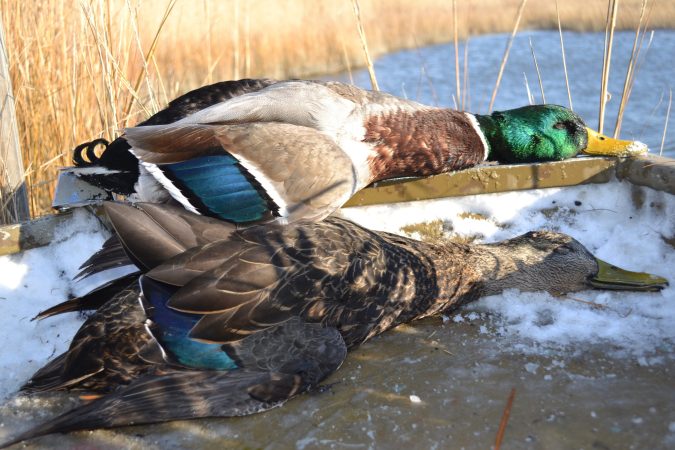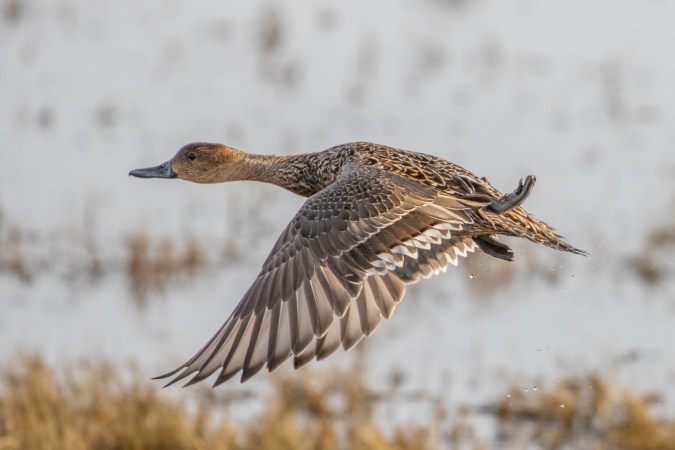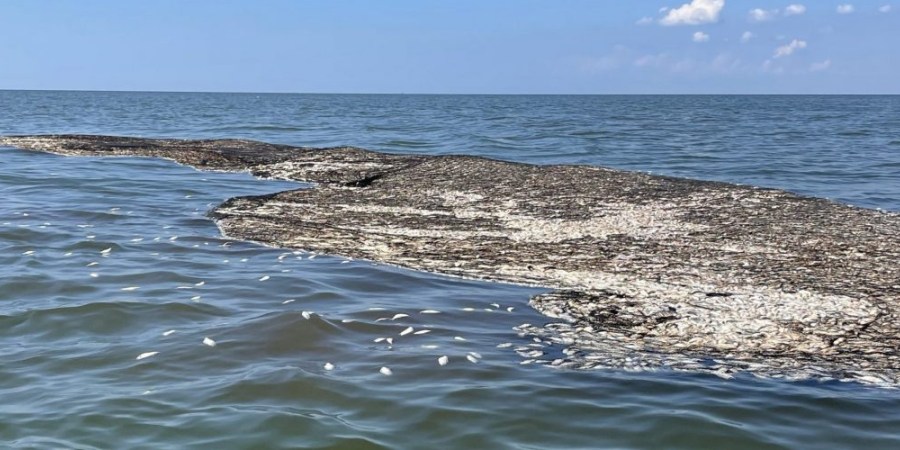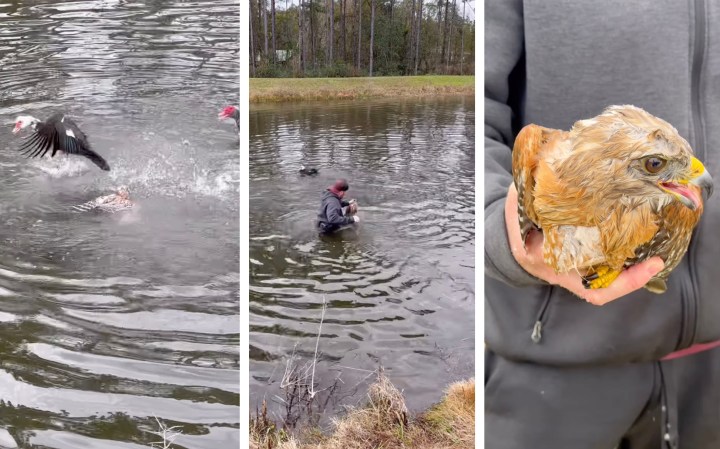While fishing, you can enjoy an extra visual treat by observing various birds engaged in the same enterprise as you are. Blue herons stalk the shallows as ospreys patrol overhead. But how much do you know about some of the other avian anglers in your neighborhood or elsewhere? Test your knowledge by identifying the birds in the photos as described below. You can check your answers on page FB10.
1 Observant fishermen may see this angling “royalty” entering and leaving its long nesting burrow, which it will dig in a steep bank along a lake or stream.
2 A good mother, this bird often carries its young on its back, and its nest floats so that the eggs are protected from both land predators and the vagaries of rising or falling water.
3 If alarmed by the sudden appearance of a boat, this curious-looking bird might be seen plunging headfirst into the water. Soon afterward, a snake-like head and neck will emerge in the distance, rapidly moving away while the bird keeps its entire body submerged.
4 Once known as the Louisiana heron, this common inhabitant of salt marshes and mangrove swamps along the Atlantic and Gulf coasts isn’t above taking a vacation now and then to see new territory. It’s been spotted in places far from its usual range, including North Dakota and the southern California coast.
5 This swamp bird, often called gourd head or preacher, is the only member of its family likely to be seen in North America, although its cousins are fairly abundant in Africa and Europe.
6 Saltwater anglers fishing off the coast of New England sometimes spy these unmistakable birds, identified by their clownlike faces and broad, colorful bills.
7 This black-and-white fisherman is the only bird with a lower mandible longer than its upper, an adaptation for catching its finny prey with its beak while in flight.
QUIZ ANSWERS
From page FB6
1. Belted kingfisher.
2. Pied-billed grebe. When the water is deep enough the grebe’s nest floats, moored to stems of the marsh plants to which it’s attached. Newly hatched grebes can swim immediately but often hitch a ride on their mother’s back.
3. Anhinga, better known to fishermen as the water turkey.
4. Tricolored heron.
5. Wood stork. No songbird, this. The wood stork vocalizes with hisses and low grunts, along with bill clacking.
6. Atlantic puffin. Although this comical-looking fellow appears to be mismatched for a seaside life, it is an adept fish-catcher and often returns to its nest with a beakful of minnows to present to offspring or the female it’s courting.
7. Black skimmer. The skimmer fishes by flying along the surface of the water with its lower mandible submerged.

